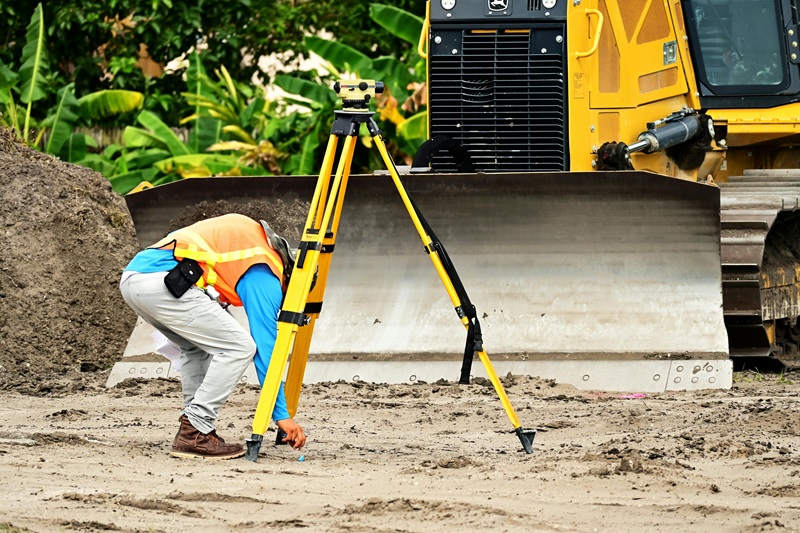by Harry Asnien
Share
by Harry Asnien
Share

Introduction
Have you ever wondered why some parcels of land are easier to build on than others? The answer often lies in the topography. Features like slopes, soil quality, and water sources affect how you can use and improve your property. Understanding these factors can help you identify hidden opportunities, overcome challenges, and make smarter decisions—whether you plan to develop, sell, or simply preserve your land.
What Is Topography?
Topography refers to the shape, elevation, and features of the land’s surface. This includes hillsides, rocky outcrops, marshy areas, and more. A property’s topography influences access, stability, and the types of structures it can support, as well as where water will flow or collect.
Why Topography Matters
Land with a favorable slope may be ideal for building, while steep or uneven terrain could limit construction options. Soil composition affects what crops can grow and how easily foundations can be laid. Understanding your property’s topography can reveal whether certain improvements are feasible and how to maximize overall value.
Practical Steps to Understand Your Land’s Topography
- Review Topographic Maps: Contour lines and elevations help you visualize the land’s shape.
- Consider a Professional Survey: A surveyor can provide insights into soil stability and drainage patterns.
- Observe Seasonal Changes: Watch where water pools after rain and note shifts throughout the year.
- Explore Online Tools: GIS data offers an aerial perspective on slopes and elevations.
Common Pitfalls and Misconceptions
Some landowners assume that rough terrain cannot be improved. In reality, grading, drainage solutions, and thoughtful planning can make challenging parcels usable. Another misconception is that steep slopes always decrease value; sometimes unique features attract buyers who appreciate views or specific agricultural uses.
Conclusion
By understanding your property’s topography, you gain a clearer picture of what’s possible and how to best utilize the land. With knowledge about slopes, soil, and water flow, you can make informed decisions that turn rugged terrain into a valuable asset.
STAY IN THE LOOP
Subscribe to our free newsletter.
Leave A Comment
Understand zoning rules so you can make informed decisions before selling your property.
Discover how to resolve title issues, ensuring clear and confident ownership of your property.
Learn to interpret surveys so you can clarify boundaries, confirm acreage, and understand your property fully.





